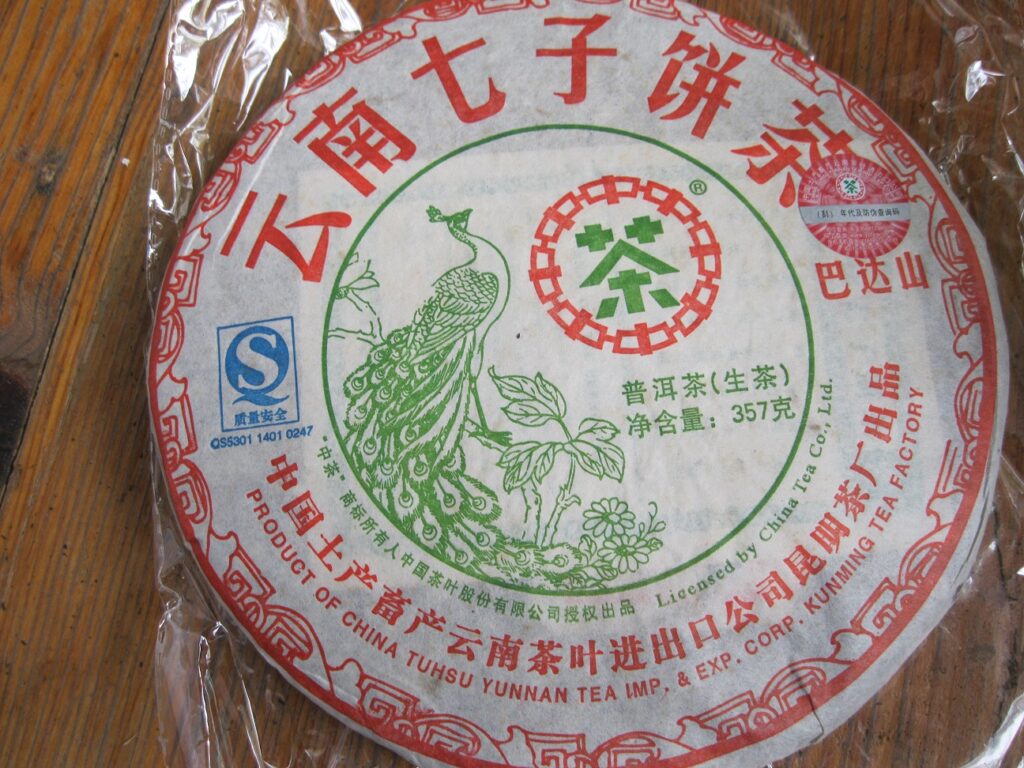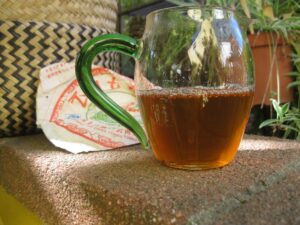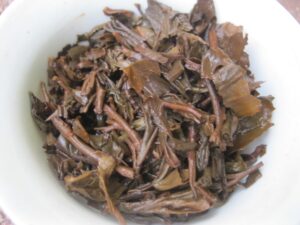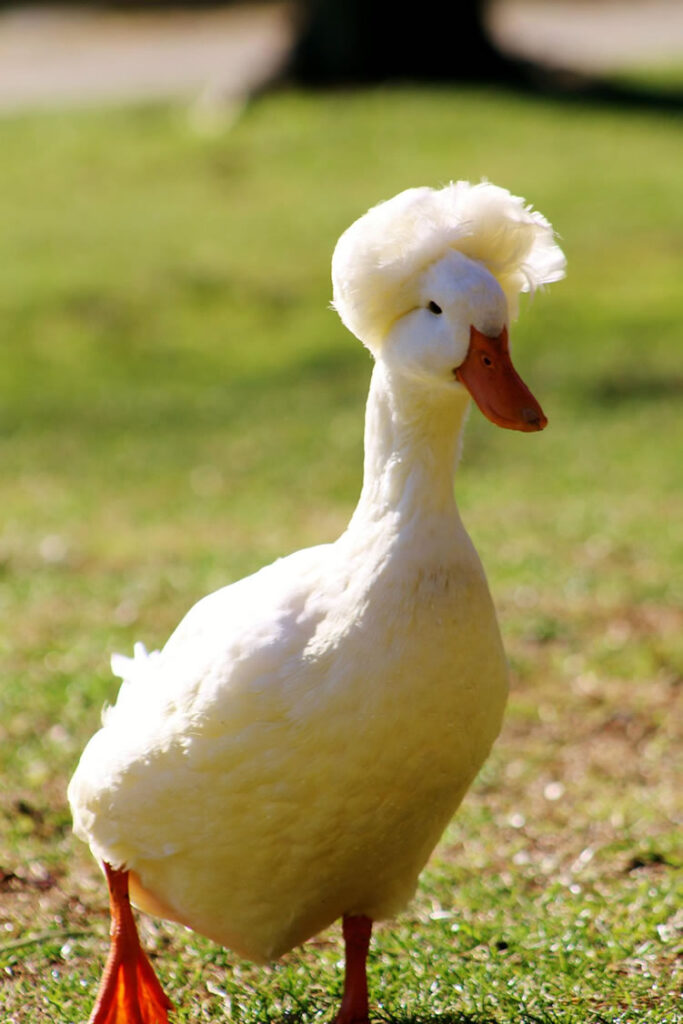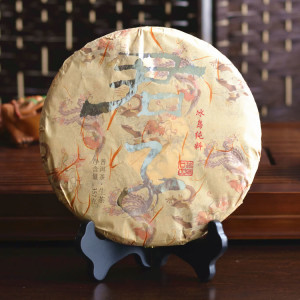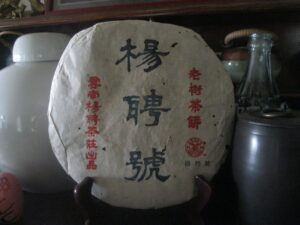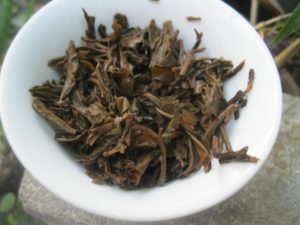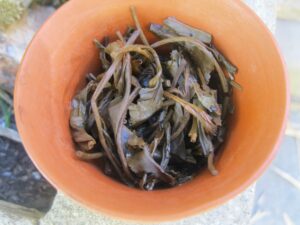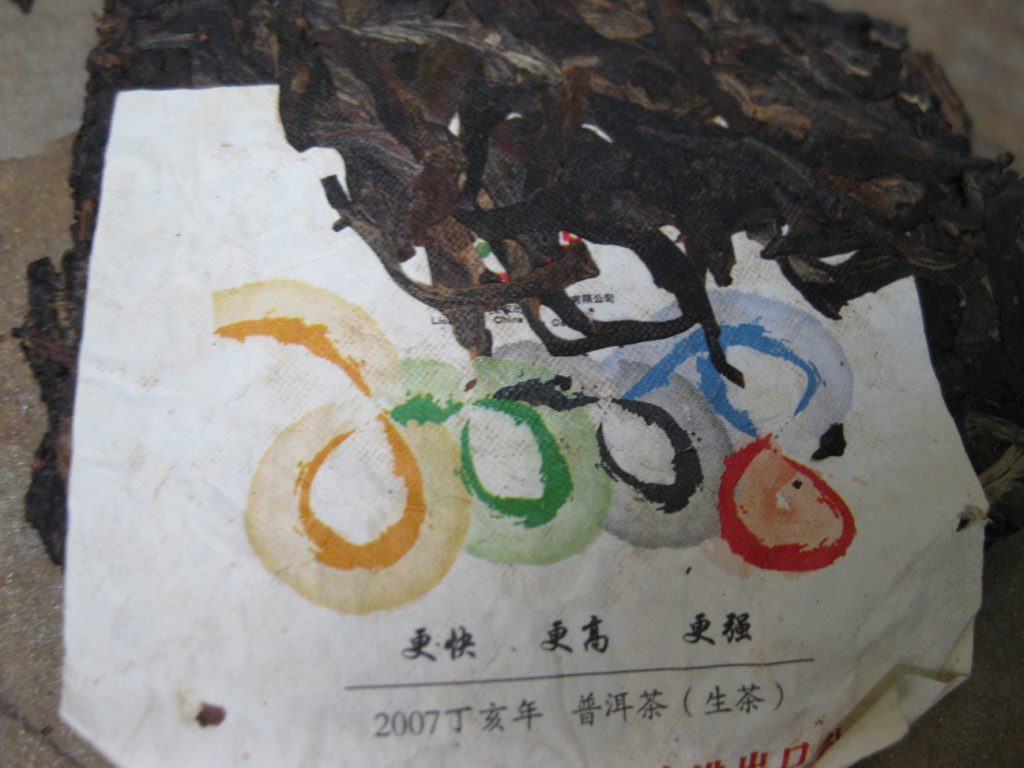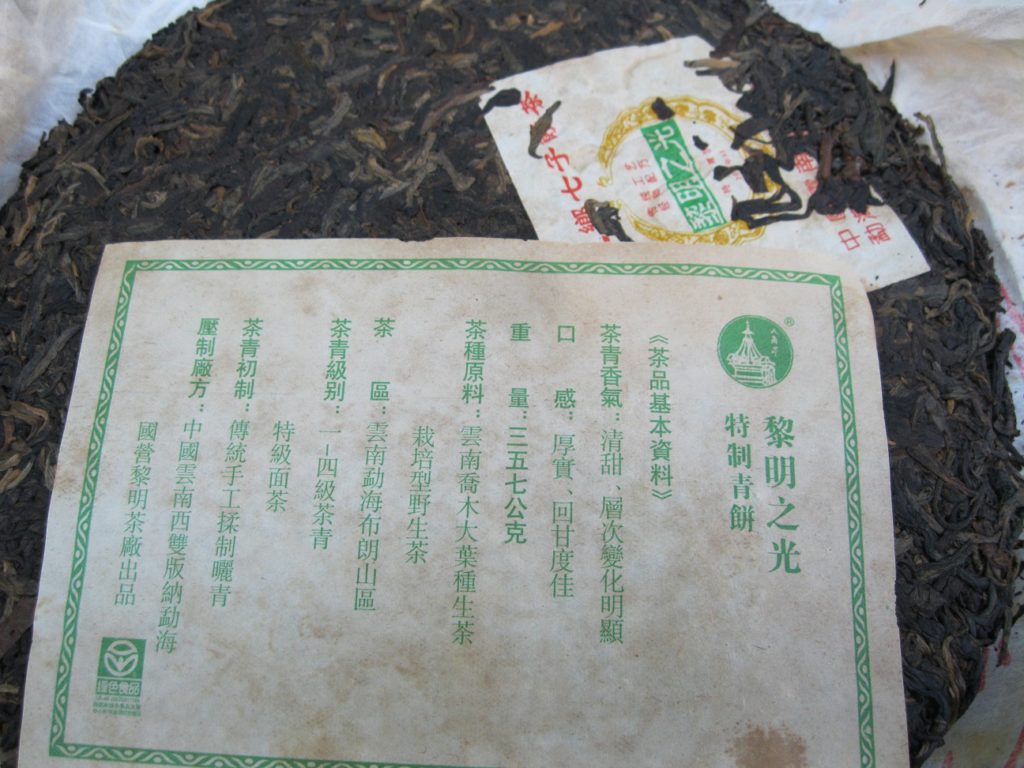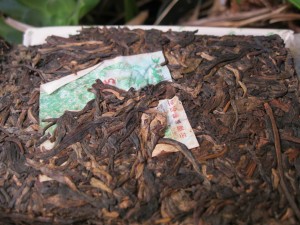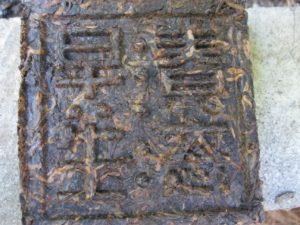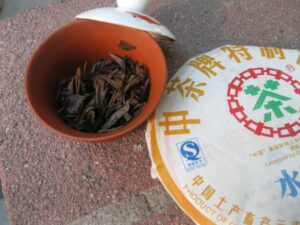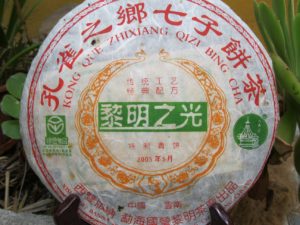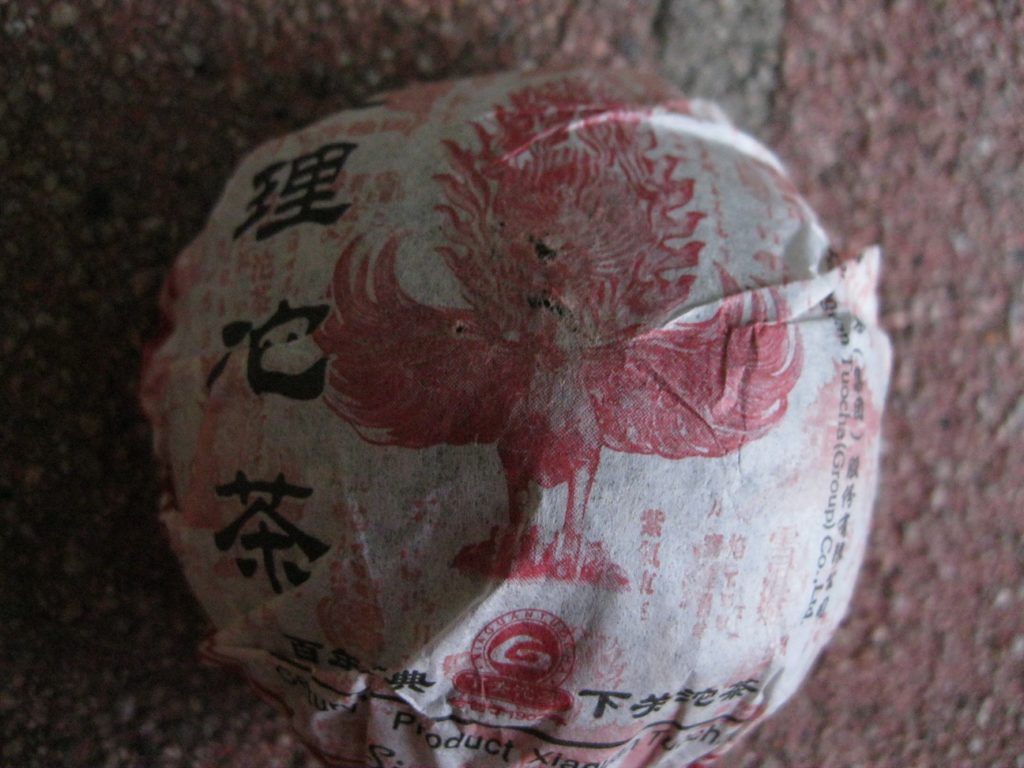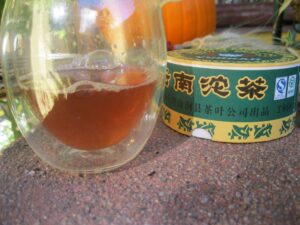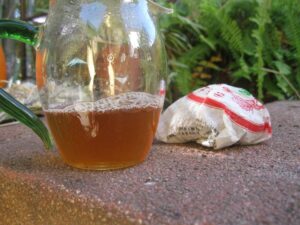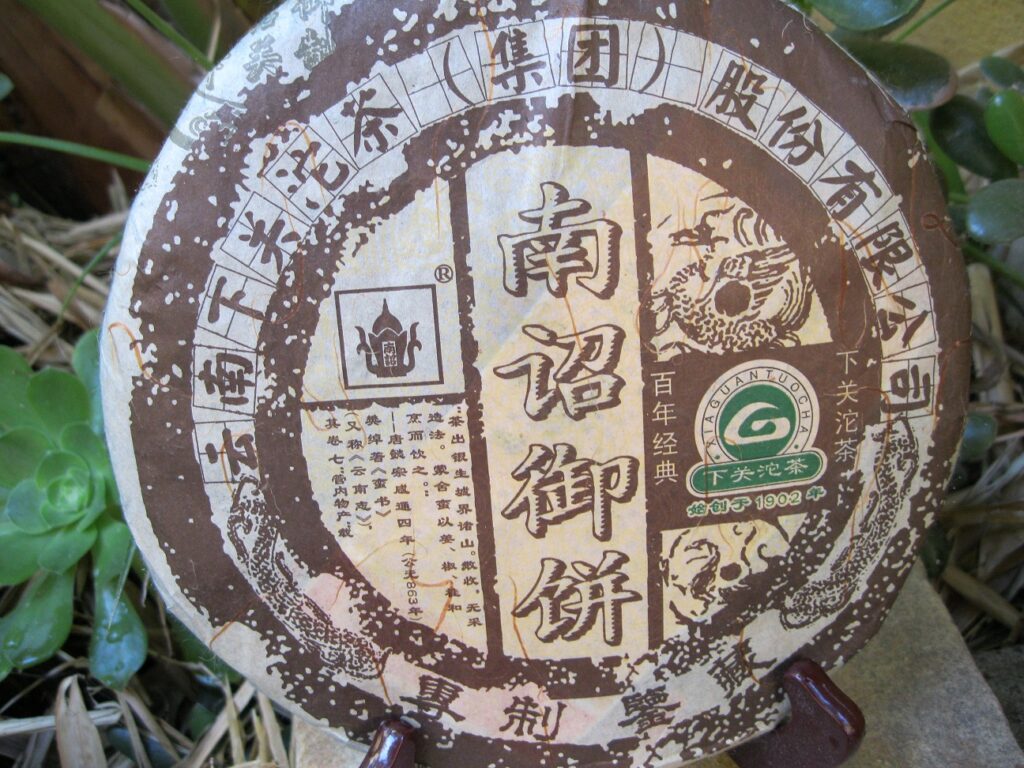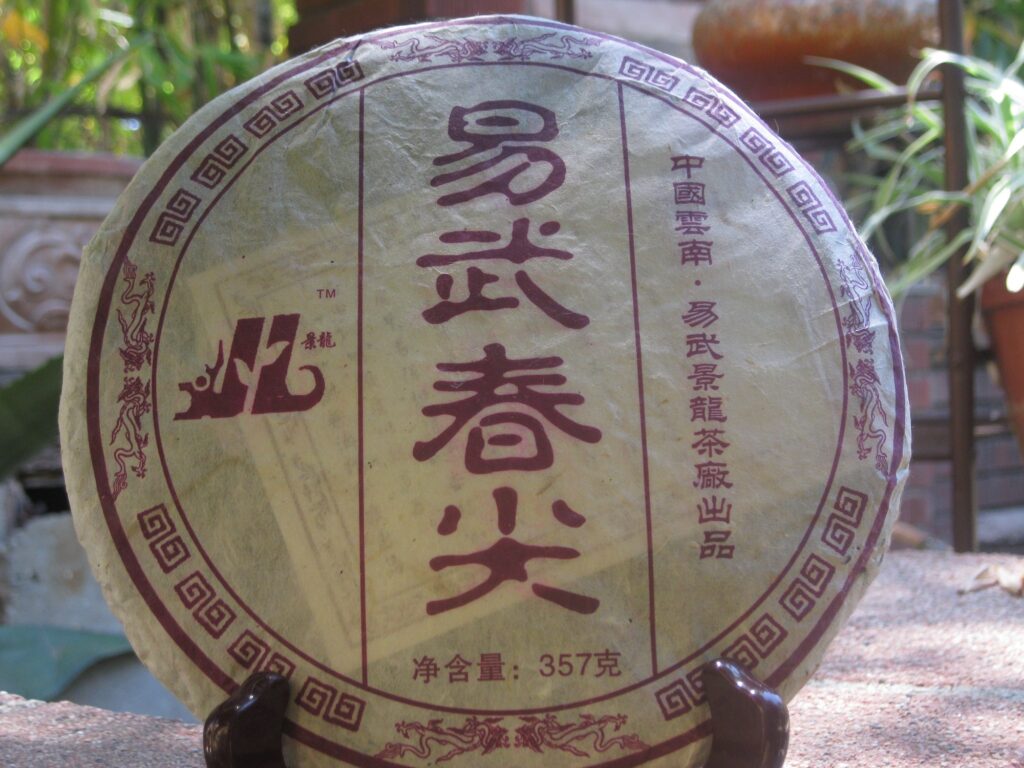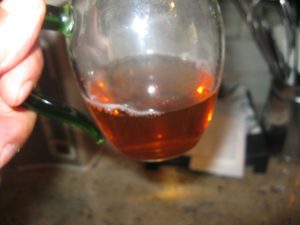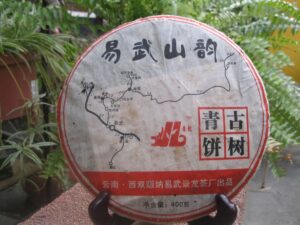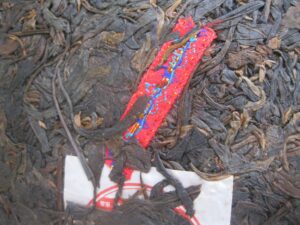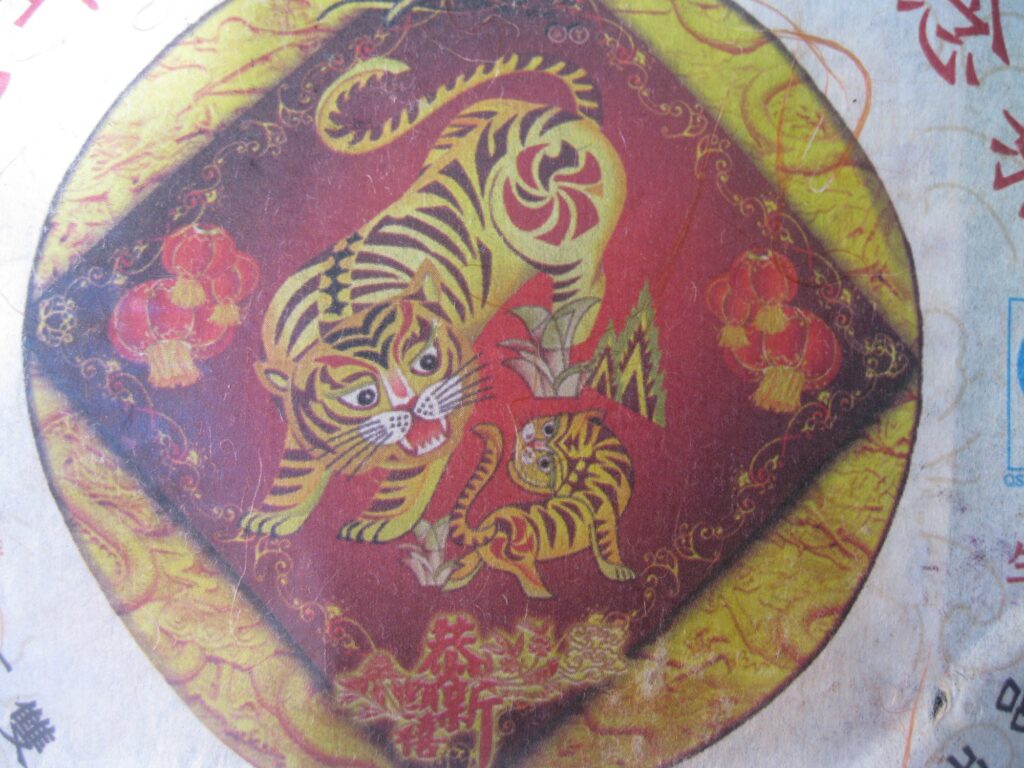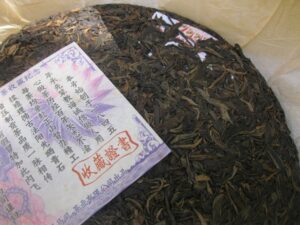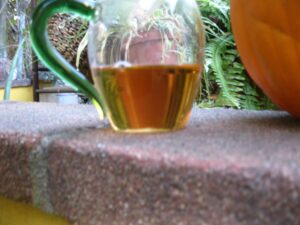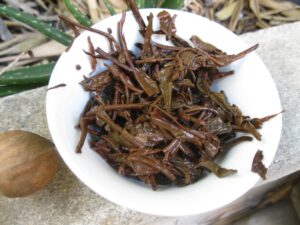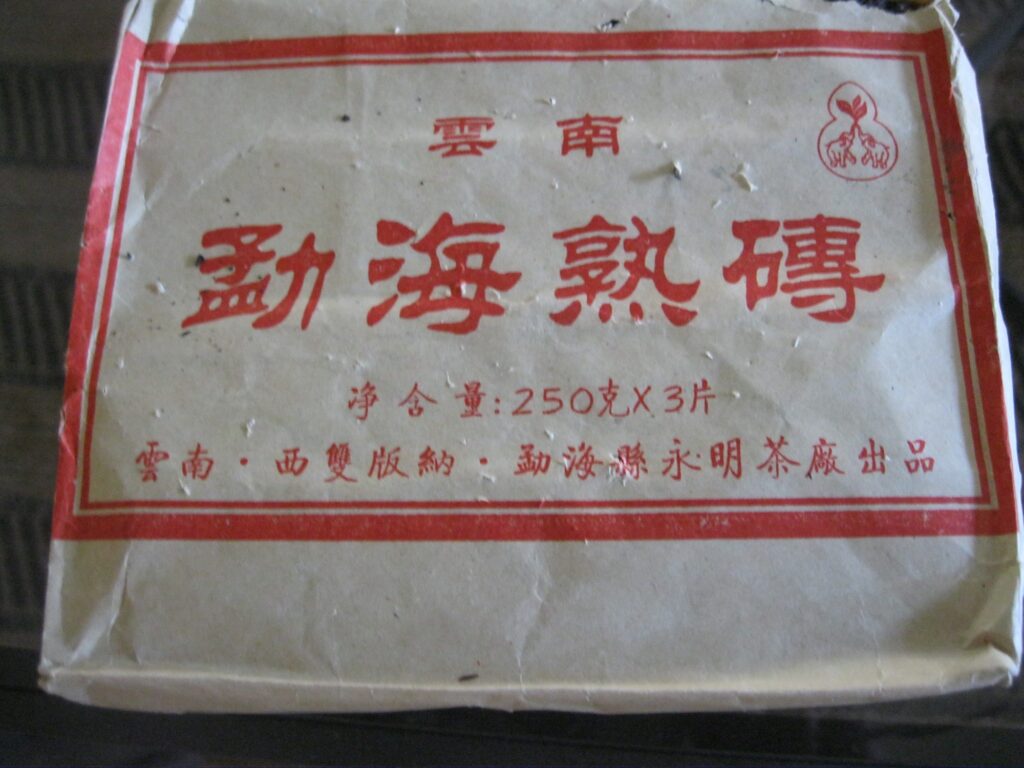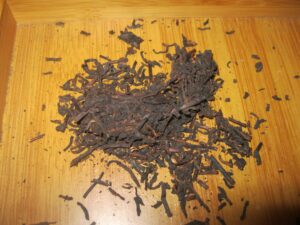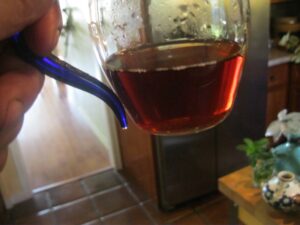Bada Peacock: Hot to Trot
This just in: As of February 2022, the Bada Peacock is Hot to Trot. Some time ago, the Puerh Junky did a side-by-side with Hideout. Well, the Bada has left the Hideout in the dust. At the time of that review, the Bada had a copper twang. It’s no longer there.
Kunming TF productions aim for Zen. The Bada Peacock is no exception. There’s no bitterness here, nor any astringency. Giving the leaves a good 15m soak and there is still zero of either.
In all its Zen, one thing distinguishing the BP from some of the other KMTF/Zhongcha offerings is its complete deviation from that fruit undertone so easily associated with the flagship jiaji (甲级), i.e., Top Notch Tuo, but also evident in the HK Returns, Water Blue Mark, and emerging in the Thick Zen, and presumably to appear in the Beijing Olympics and the still very young Mangosteen, a rough customer despite being from ’07 leaves before being pressed in ’12 (As an aside, it should be noted that HK Returns cake is still in a burly phase.).
Most ZC productions from ’06-’14 do not specify region or village, as the emphasis during this era was still on recipes, mostly some combo of eastern Lincang and Menghai/Bulang. In this regard, BP is unique. The taste is pure rock sugar. It’s very, very, sweet and this sweetness never wanes.
Ephemeral and ineffable. You could drink and drink the Bada Peacock trying to figure it out. The light floral note offers a nice accent to an sugary treat that doesn’t require much thought for an offering’s that’s hot to trot.

